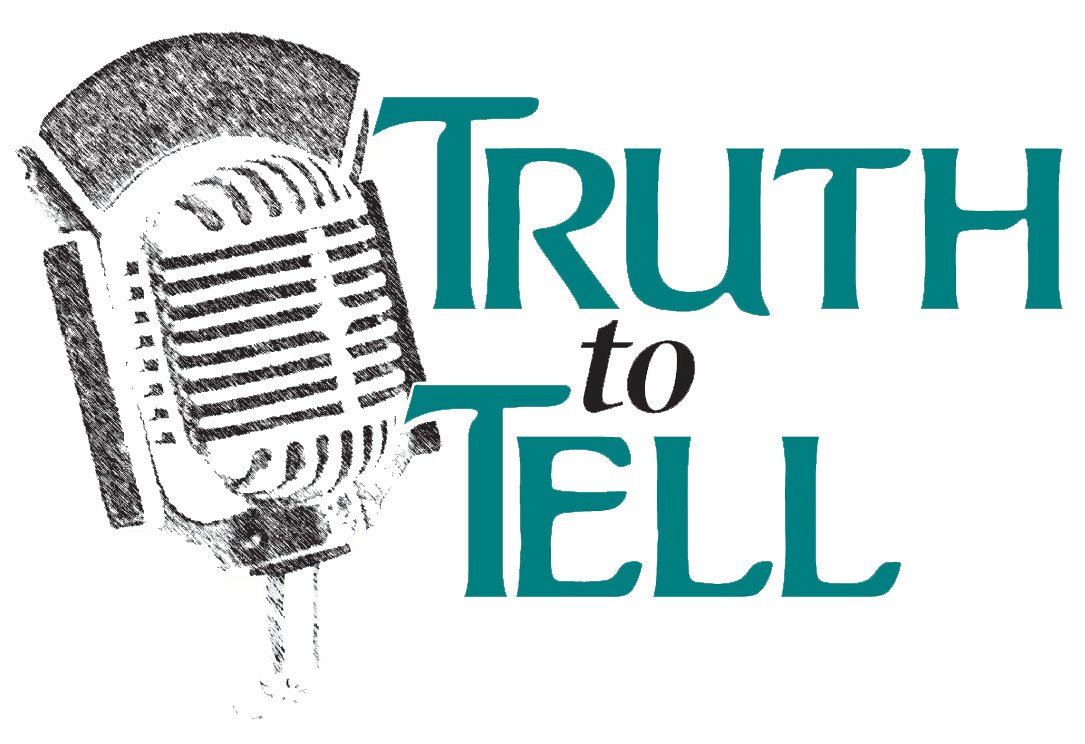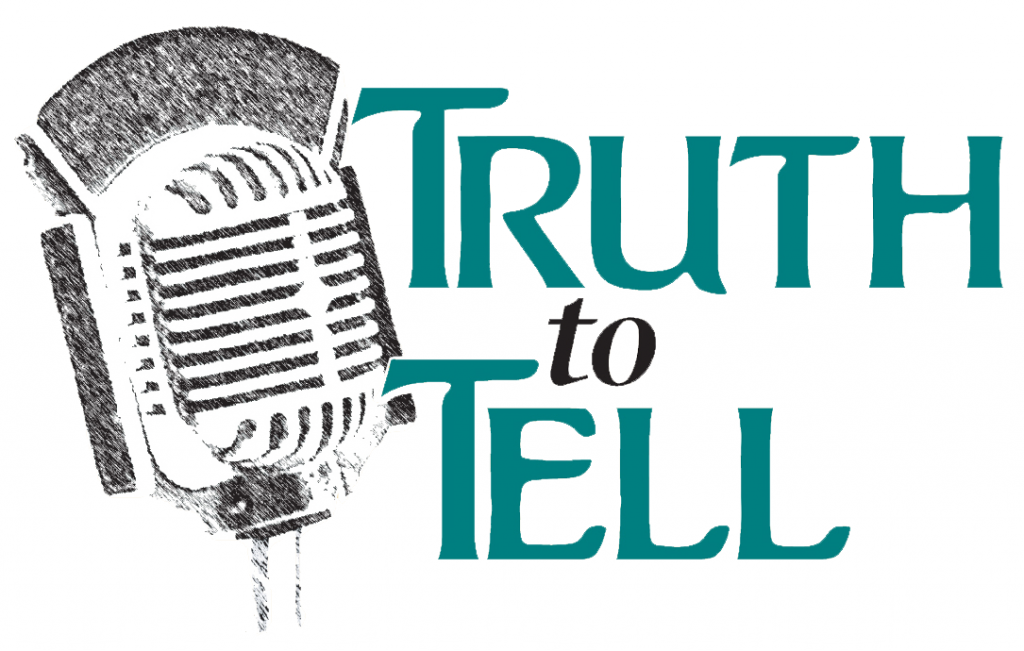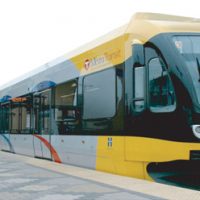ttt1420-may_19-transit_equityextra
PLEASE DONATE $10 to HELP TTT HERE!
~~~~~~~~~~~~~~~~~~~~~~~~~~~~
Less than four weeks out from the launch of the Green Line (Central Corridor), on the heels of opening the so-called “Target Central” station, where will ultimately converge all of the rail systems serving Minnesota and the region hereabouts and become the region’s transit hub and even an entertainment venue (presumably to keep .
A whole hell of a lot of angst emerged from the disruptions for small business outlets along University Ave, especially, in St. Paul, most of them owned and operated by entrepreneurs of color.
Equity issues could be found in most aspects of the design and construction of the Green Line well beyond the impacts on business. For many residents living along this corridor, memories of the historic inequity visited on the central city of St. Paul dating back to first major divisive swath of freeway – I-94 – cutting through all many of the properties and the folks living around there remember Rondo. For the older folks displaced or friends and family of those going through the prime example of trampling on residents and businesses back now loomed large as they envisioned the Central Corridor wiping out another predominantly community of color in the same general vicinity.
Now, new lines are planned to cut through sensitive neighborhoods, but not necessarily ready to serve the equity needs for the new parts of North Minneapolis and the entire Southwest Corridor stretching to Eden Prairie. Some of the issues rearing their heads again, many new ones have highlighted the uniqueness of each project – how does the Northwest-bound Bottineau Light Rail Transitway (Blue Line extension) actually serve the nerve center of the North Side’s African-American community. The natural corridor, Broadway Ave, weaves through already distressed neighborhoods, too narrow without the capacity to carry a standard light rail system. Smaller-gauge rails – like those of streetcars – would fit. Is that a solution to fair and equitable access to transit for Northsiders. Riders there could connect to the Bottineau via streetcar. But what other issues confront these folks?
Then, not far from the Bottineau, the Southwest Light Rail system (Green Line) planned through the near-North Harrison neighborhood before swinging Southwest through five cities – Minneapolis, St. Louis Park, Hopkins, Minnetonka and Eden Prairie. The battle lines here have been complicated by the role older freight rails and the alignment through the Cedar Lake complex of lakes, bike and hiking trails.
Southwest has been covered well as the Metropolitan Council, the Minneapolis City Council and the City of St. Louis Park where well-heeled West Minneapolitans and St. Louis Parkers are demanding their amenities of one sort or another be preserved as they see it. Some of the issues have been partially resolved, but where does the equity play out in this scenario selecting the routes for those segments of the SWLRT.
This time out, we’ll explore the equity issues for the two lines on the west of the city and its suburban sisters and North Side under serious debate and organizing around them along their respective corridors.
TTT’s ANDY DRISCOLL and SIOBHAN KIERANS talk with the active organizers directing their efforts to ensure equity and neighborhood concerns are addressed.
 RUSS ADAMS – Executive Director, Alliance for Metropolitan Stability
RUSS ADAMS – Executive Director, Alliance for Metropolitan Stability
 KENNEDY WILLIS – Executive Director, Harrison Neighborhood Association, Mpls.
KENNEDY WILLIS – Executive Director, Harrison Neighborhood Association, Mpls.
 MICHAEL MCDOWELL – Transit Organizer, NOC (Neighborhoods Organizing for Change)
MICHAEL MCDOWELL – Transit Organizer, NOC (Neighborhoods Organizing for Change)
 AASIM SHABAZZ – Co-Chair, Blue Line (Bottineau Transitway) Coalition (North Side)
AASIM SHABAZZ – Co-Chair, Blue Line (Bottineau Transitway) Coalition (North Side)



